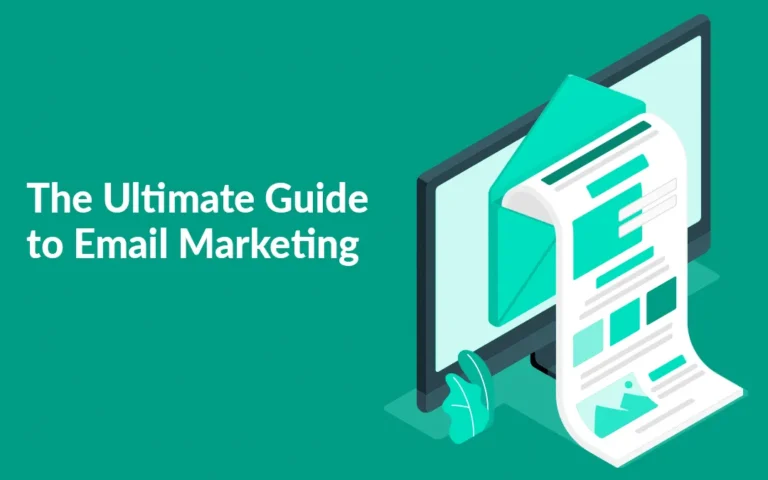
Email marketing is among the most traditional digital marketing strategies, and for good reason—it’s effective! Businesses can engage with customers, increase brand awareness, foster brand loyalty, and turn prospects into paying customers by leveraging the power of email.
We’ll examine the specifics of email marketing in this blog and provide you with some excellent examples to help you get your campaigns off the ground, and how an SEO agency in Rossendale can help you achieve that.
Email marketing: what is it?
Email marketing is defined as a type of digital marketing that uses email to advertise goods and services to current and new clients. According to the DMA’s 2023 Consumer Email Tracker report, subscriber value is rising.
Just 15% of customers believed their emails were helpful in 2021; this percentage has now doubled in 2023, to 32%. Email has a high dwell duration of 11 seconds, while digital ad impressions only take 1.7 seconds, and TV ads take 7.5 seconds. Both B2C and B2B businesses use email marketing as a vital medium to increase conversions, foster client loyalty, and raise brand awareness.
How do you design and carry out an email marketing campaign now that you understand the importance of email and how to build and grow your email lists?
Compile a list
The expansion and caliber of the subscriber list are the primary success factors when designing an email campaign. You ought to consider making type-segregated lists. That can be by genre, audience, or choice, but don’t list every putting touch into a single pot and hoping for success.
Examine the clients or prospects you wish to interact with and the reasons behind it. Next, use Excel, your email marketing management system, to compile an email list.
Select a tool for email marketing
Numerous email marketing tools are available. Therefore, you must conduct study and select the most suitable option for your company. There are some applications that are free to use initially and then charge based on how many contacts you have in your database. Because you will be paying for each list, it is crucial that you stay on top of them. Be ready to audit your lists on a frequent basis.
Create a workflow for emails
A workflow consists of a sequence of automated emails placed in a certain order in order to encourage a potential consumer or direct a client toward a specific course of action.
Setting one up requires the following steps:
- Establish a goal for your workflow, such as getting prospects to sign up for a free trial.
- Establish enrollment criteria, such as grouping those who downloaded a particular ebook, to determine who enters the workflow based on the settings you select.
- Choose your email assets. These might be a bespoke landing page for a free trial sign-up or a call to action to direct someone to your blog.
- Create your emails by considering each phase of the trip and the touchpoints when you have your goal and the necessary resources.
- Add a temporal lag, meaning that the first and second email separated by a day
- Run a test: To ensure everything is in order, send a test email before turning on any workflow.
- Go live with your workflow and monitor it. Make that the right people are being added to your flows and that they are functioning properly by checking in every day. As soon as you can, make any necessary adjustments.
Make a calendar
An editorial or social media calendar is similar to an email calendar. Targeting prospects and consumers requires regular audience and frequency planning.
Establish goals for every campaign and choose how frequently you wish to engage with particular groups or segments. You can determine who you are targeting and when by keeping track of your email marketing efforts by date.
Additionally, before transmitting, you must consider the days and times. Depending on your audience, some will do better than others, such as during a commute or in the early hours of the morning. See what works for your lists by trying these out.
Template for an Email Calendar
Now for the most crucial part: the email’s content. Knowing your buyer personas or ideal client or customers and their pain areas is essential for marketers. If this is the case, you can tailor your messaging to encourage a click on an email.
Since the subject line is the first thing a recipient sees when they open an email, it is crucial. To compare performance, consider A/B testing subject lines with specific groups and check whether your copy can be guided by it.
Click the “Send” button
After all of your effort, it’s time to check how your email performs in the real world. Verify your copy, subject lines, photos, and links before sending, and then let it go!
Bottom Line: Utilize email marketing to interact and sway
To engage and turn prospects into paying customers, start using email right now. The four modules of DMI’s certified online course on email marketing include data strategy, content creation and time management, creativity and content design, testing, optimization, and automation. Collaborate with a digital marketing agency to achieve success. Get started by registering now!